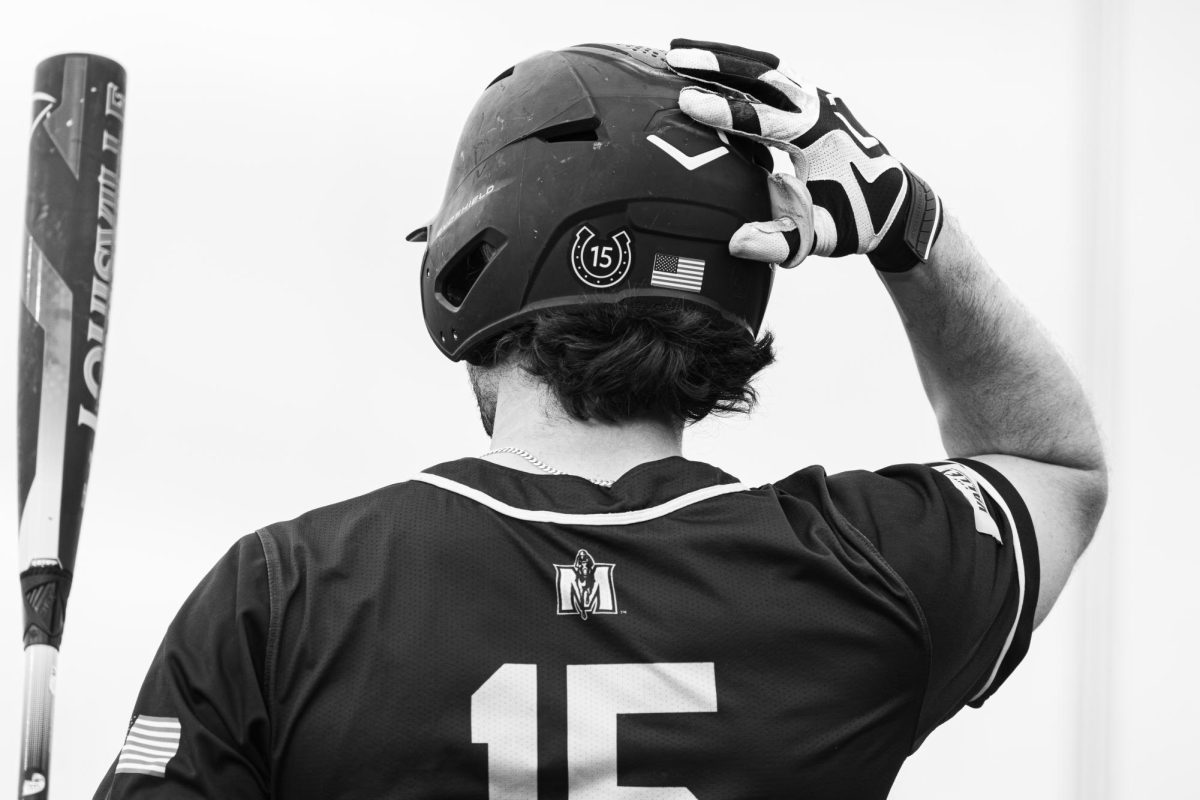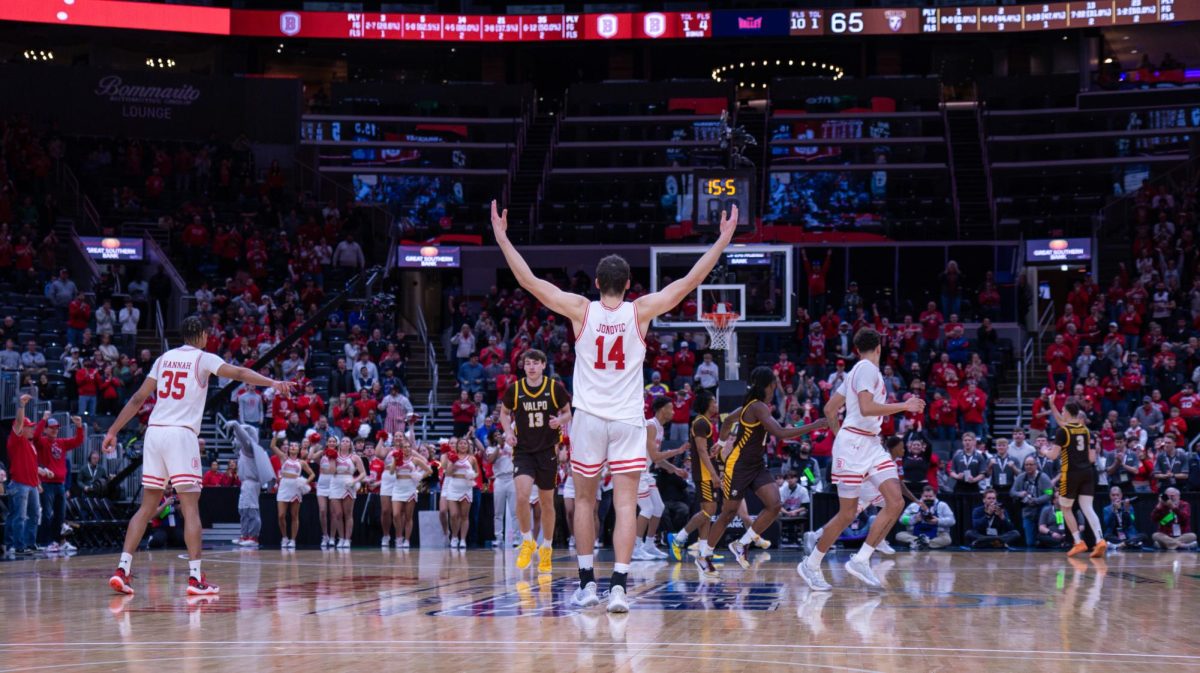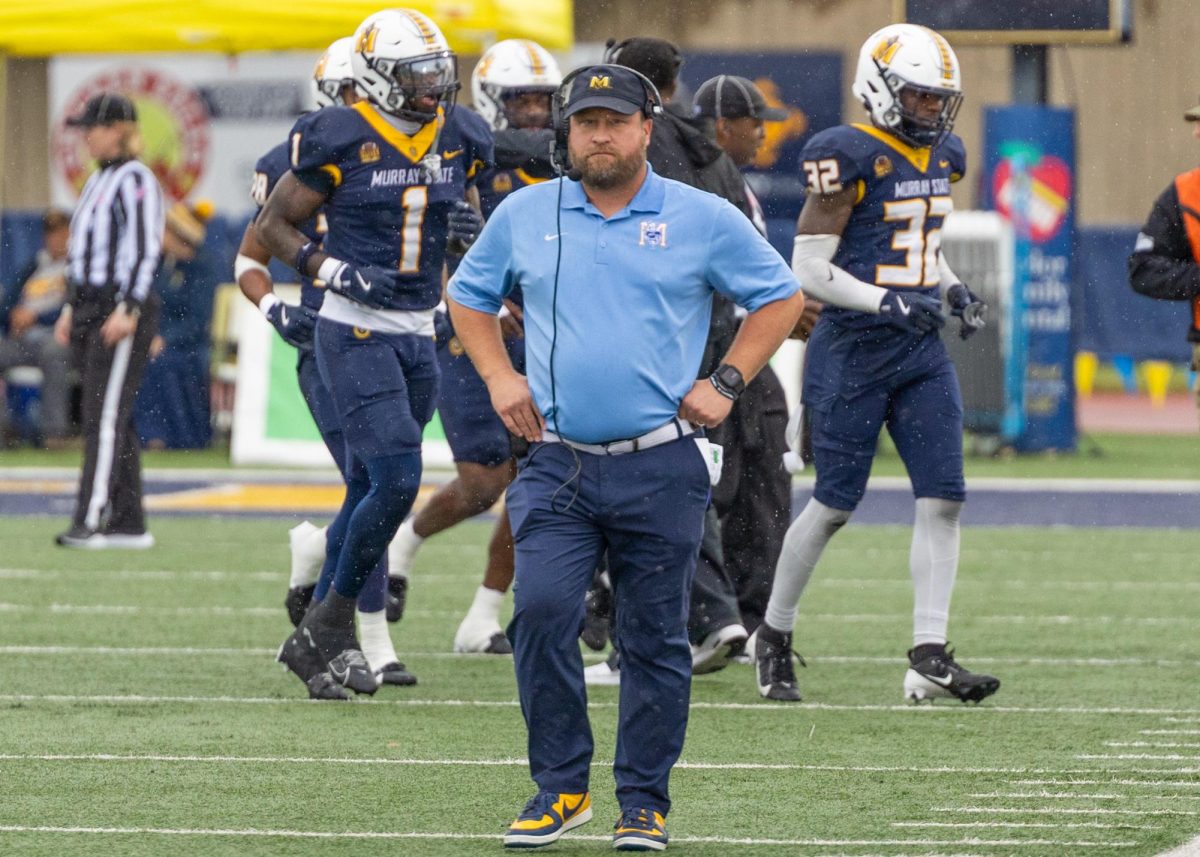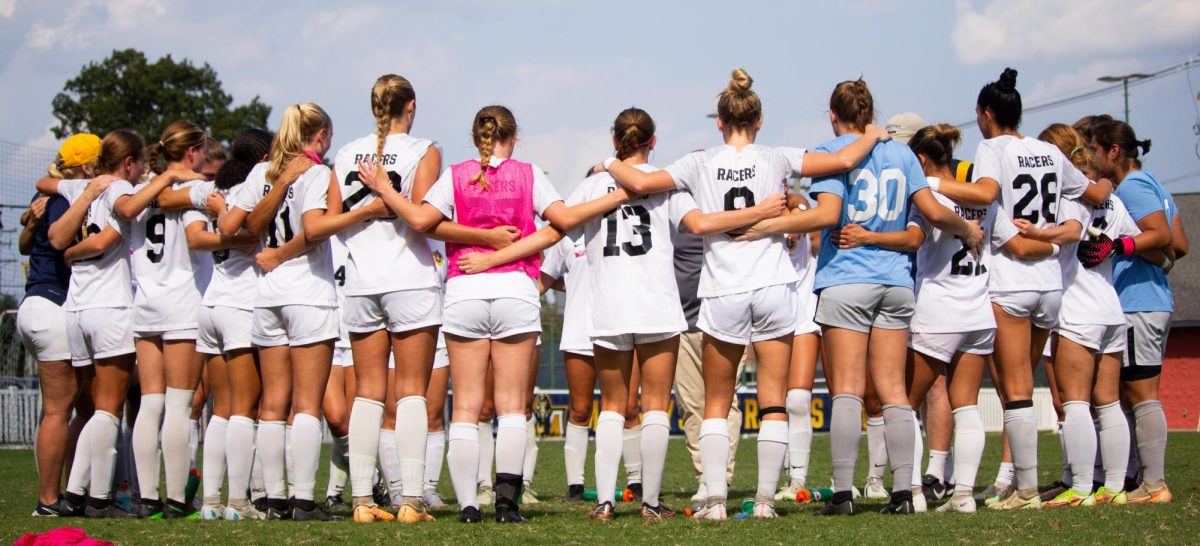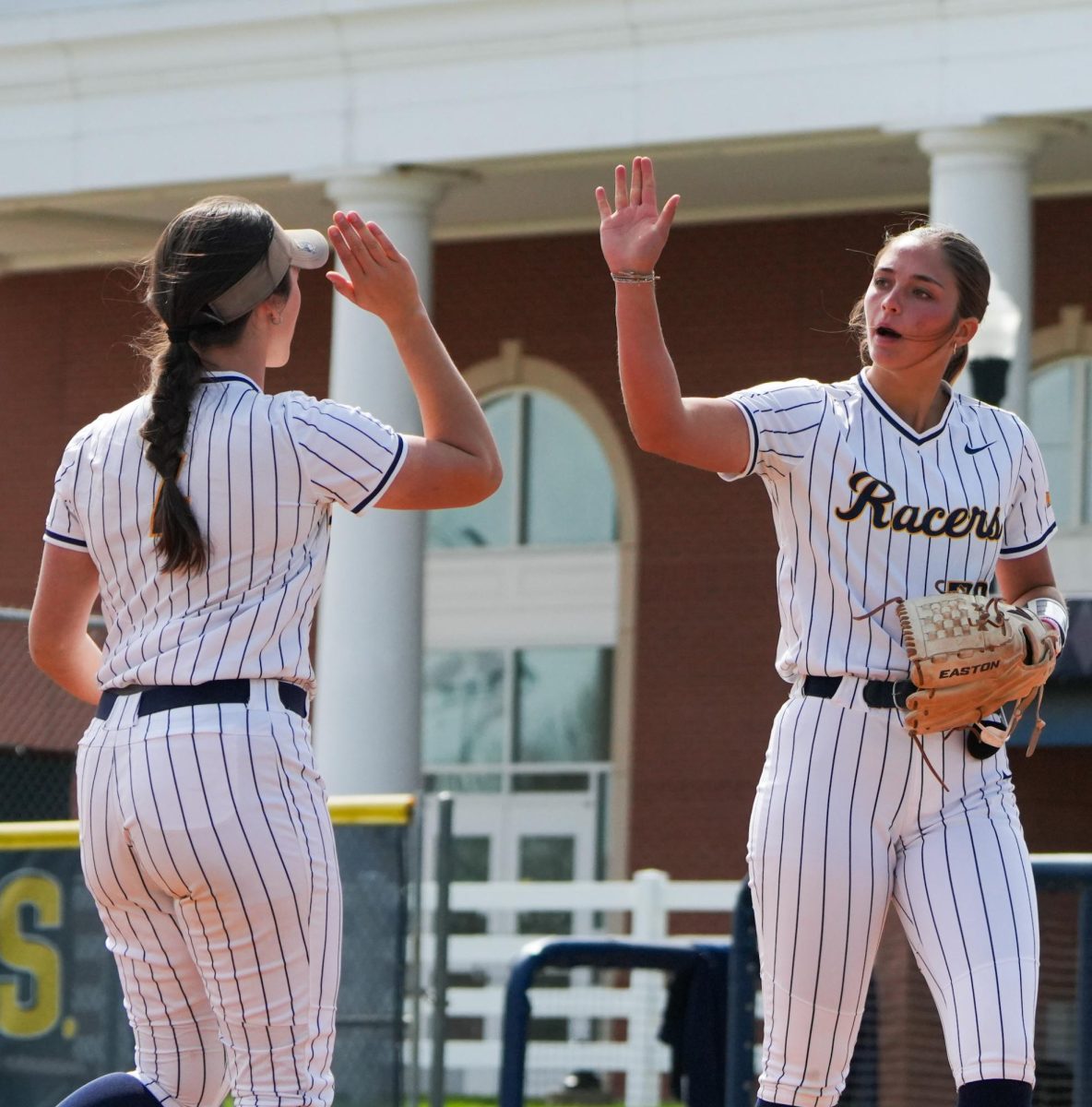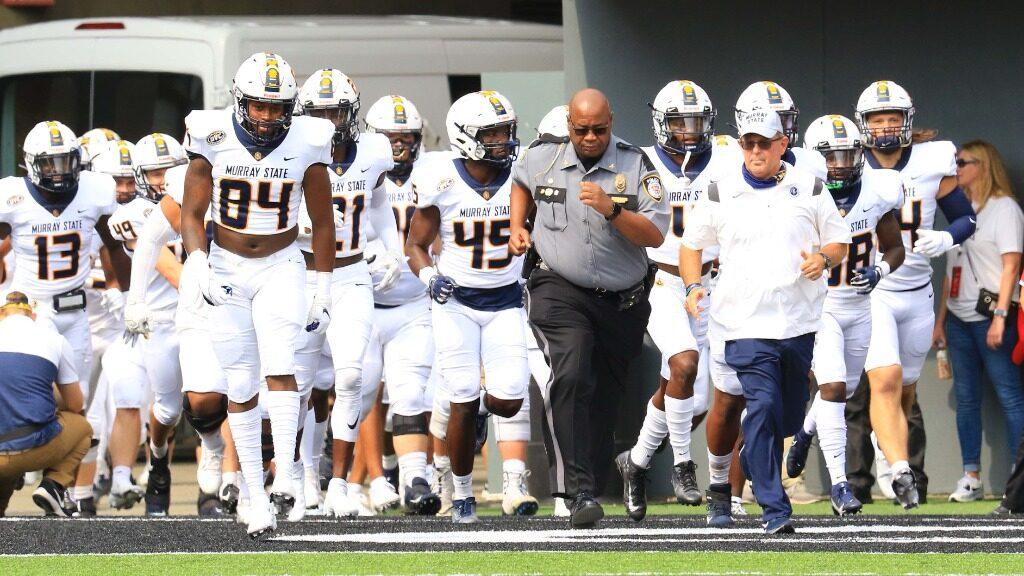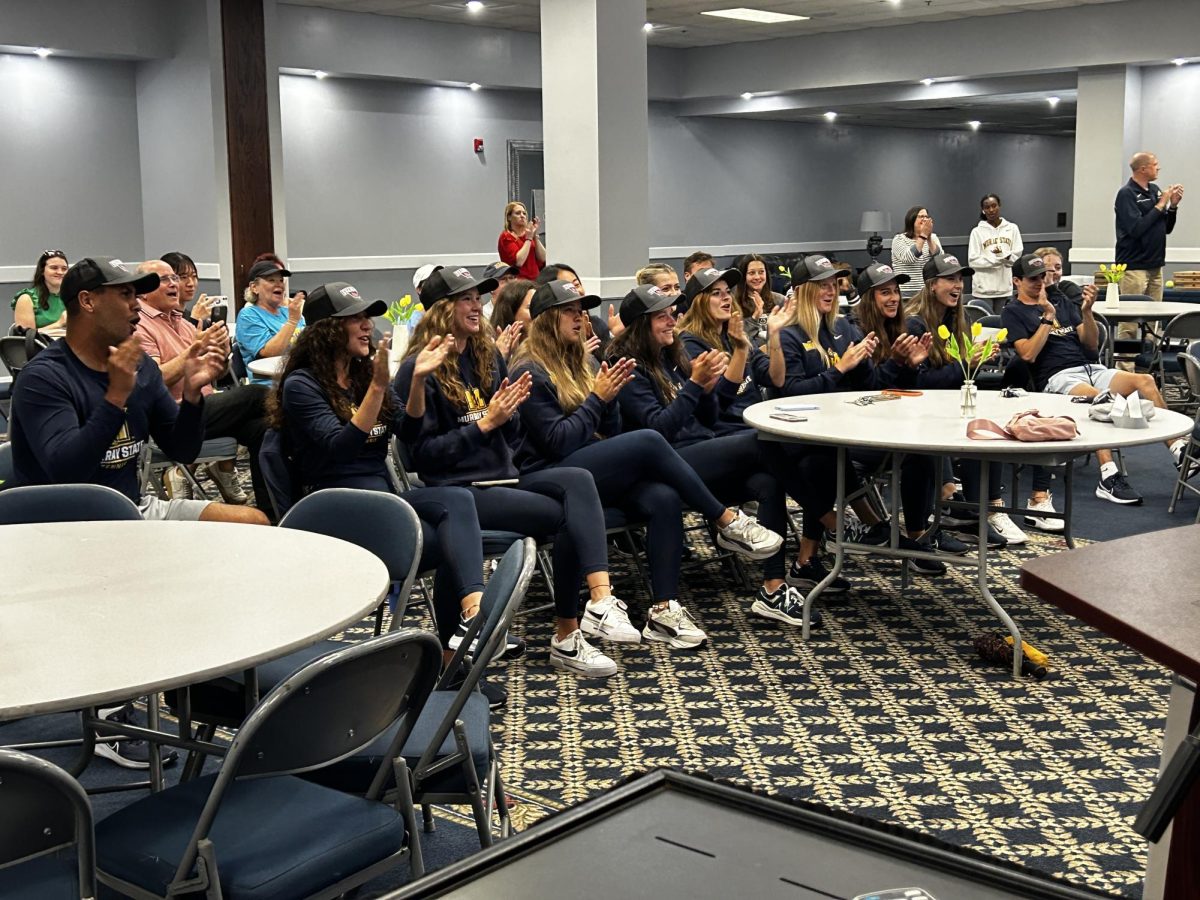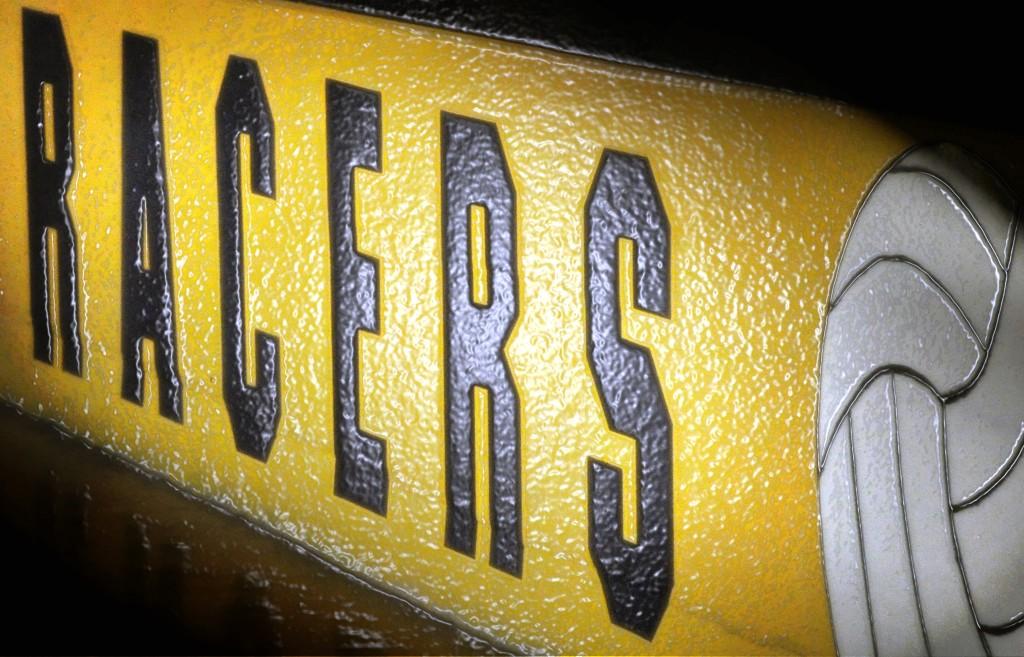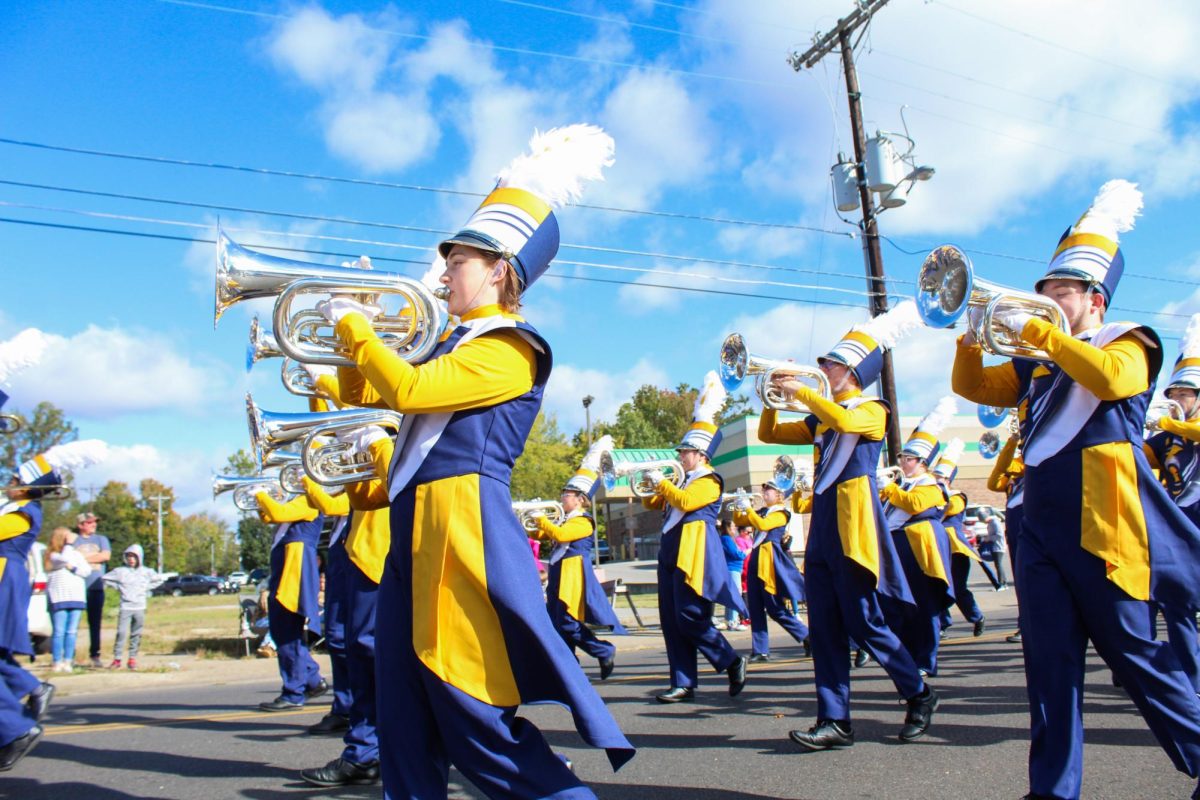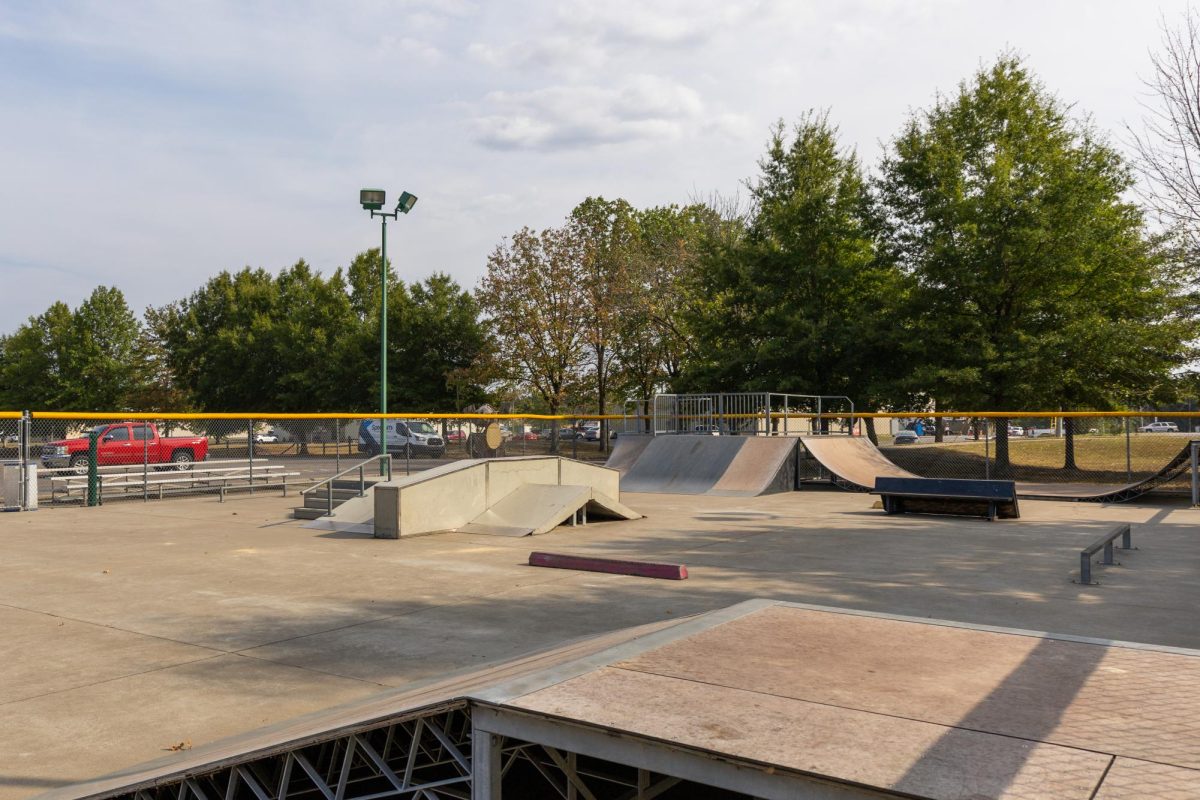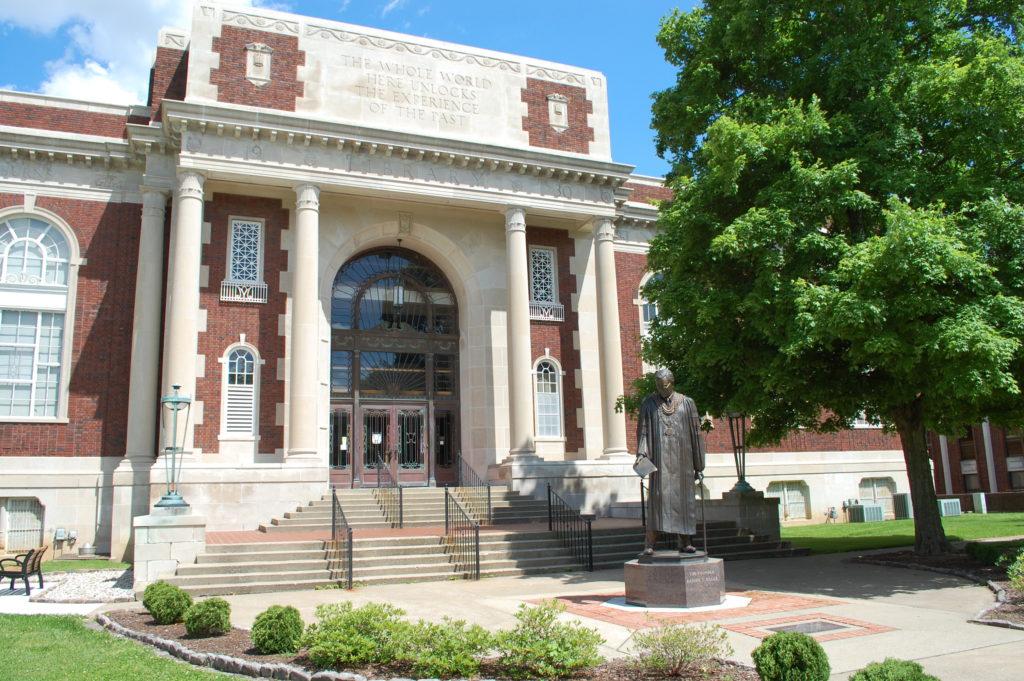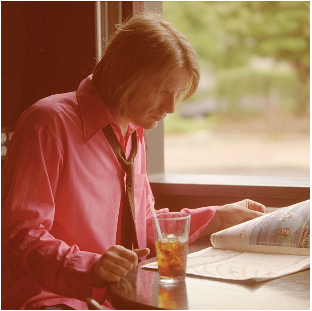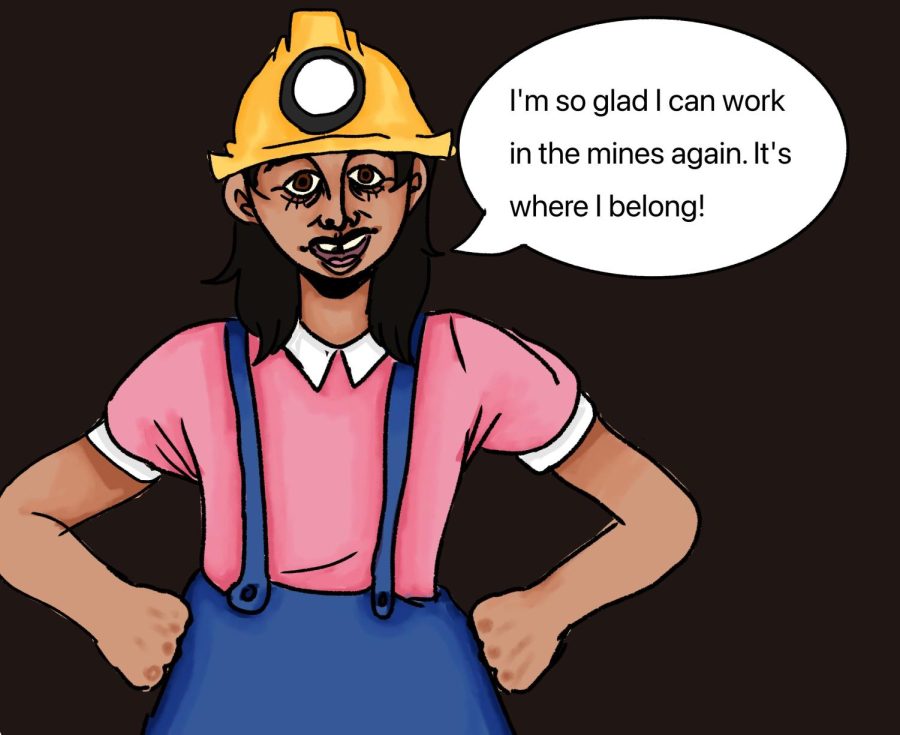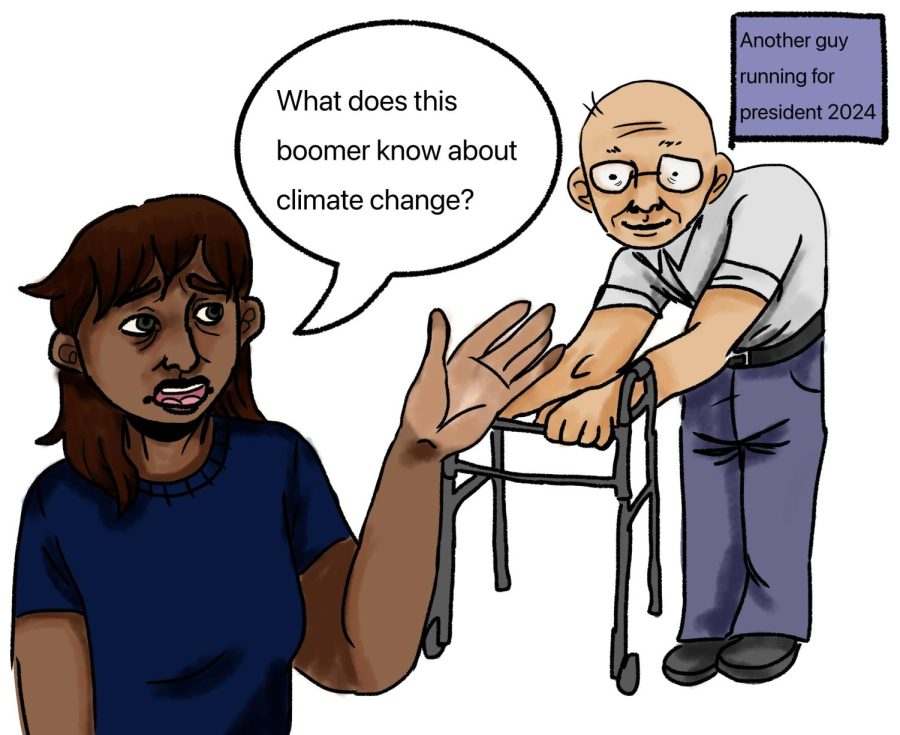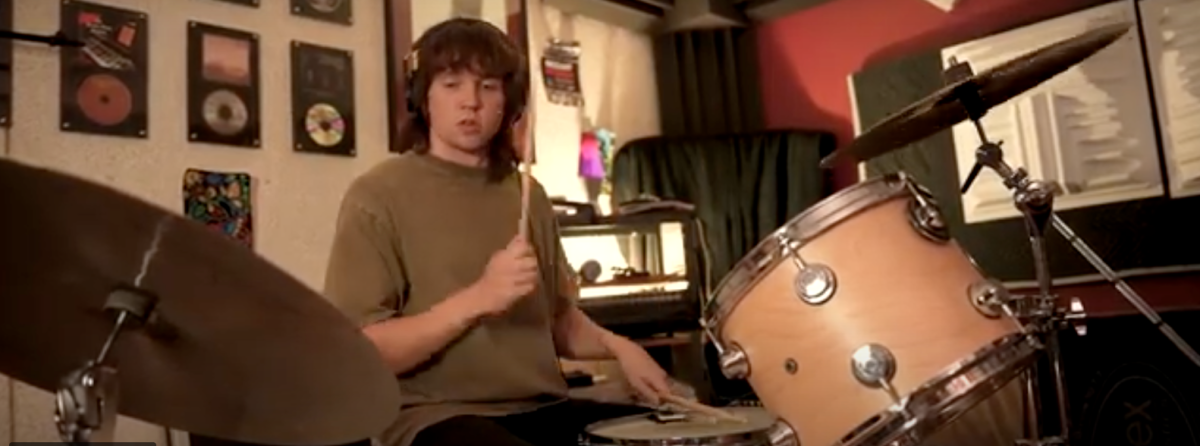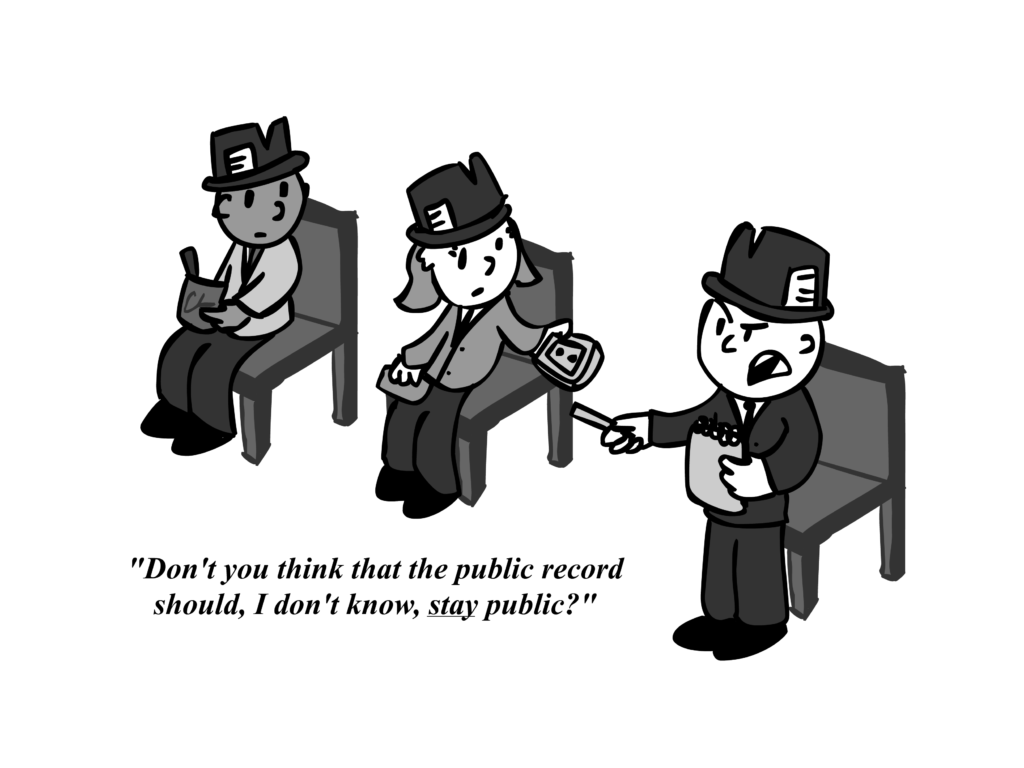An old television set lies idle on a table caked in dust and paint peelings as you make your way into Room 1504 in the Lee Plaza Hotel. You notice that the room’s chairs are torn open, the stuffing strewn across the room before looking above you to the ceiling which, too, has begun to decay. The scene is positively post-apocalyptic; it seems like something out of the latest Call of Duty game. But it isn’t. The scene I am describing is all too real and hits close to home – it’s a description of Detroit’s Lee Plaza Hotel, abandoned in 1990.
Once the 4th largest city in the U.S., Detroit is but a shadow of its former self. It has lost 60 percent of its population in the past six decades. Its buildings lie in ruin, you can buy a house for less than $100, the unemployment rate stands at 17.6 percent and 36.2 percent of Detroiters live in poverty.
The Big Three automakers, although centered in Detroit, today produce far more cars outside the U.S. than they do in their backyard. The city that once epitomized the American dream now epitomizes the nightmarish levels of inequality and want that plague the land of the free and the home of the brave.
Reports Wednesday indicated that the city is now edging closer towards bankruptcy, only weeks after the Detroit Auto Show showcased cars with price tags in six digits. Nothing could better paint a picture of what’s happened to the American social fabric than the well- to-do attending an auto show with pricy cars that wouldn’t even exist without government assistance, while the city that surrounds them languishes in a sea of poverty, unemployment and teeters on the edge of collapse.
The image of Detroit was once one of unbridled optimism in the American dream, the thought that every person could succeed if they played by the rules and worked hard. Working in an automobile factory, once a poorly paying and dangerous job, was ultimately transformed by the workers of that industry into the very symbol of middle class respectability. Detroit, more than any other American city in the mid-20th Century, symbolized everything that the U.S. had overcome.
If the old Detroit represents everything that America had overcome, the new Detroit represents everything that America has become. The middle class society that our grandparents and great-grandparents built has been torn apart by decades of cutting taxes for the rich, outsourcing, and slashing social services in favor of higher law enforcement and military spending.
Americans today are, like Detroiters, teetering on the edge of collapse with mounting credit card and student loan debt. Poverty has returned with a vengeance. Unemployment remains high. The Detroit that gave hope to so many with a promise of a decent living has been replaced with a Detroit that symbolizes the dashed hopes and dreams of so many Americans who nearly made it, or who never made it.
A moviegoer in the old Detroit might have been shocked to learn that Marlon Brando’s legendary quote in the 1954 classic “On the Waterfront” would have summed up how many feel today about the hand they’ve been dealt, “… I coulda had class. I coulda been a contender. I coulda been somebody … ”
Something is wrong in the land of the free and the home of the brave. How many more Detroits are we going to have to lose before we realize it?
Column by Devin Griggs, opinion editor. Devin serves as vice president of finances for the Murray State College Democrats.















